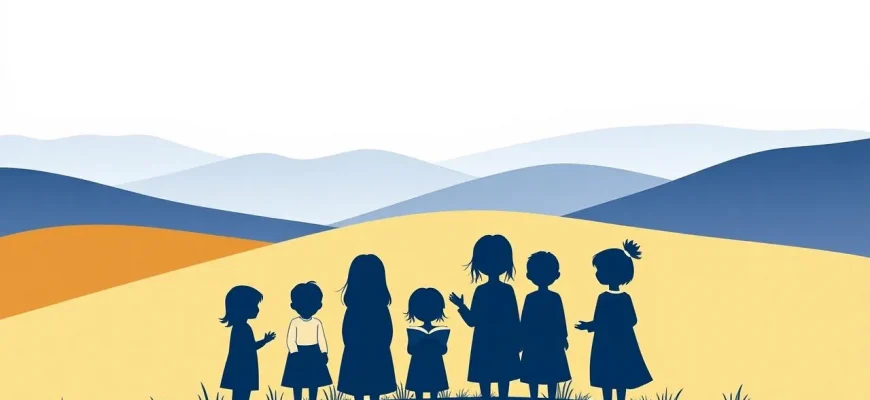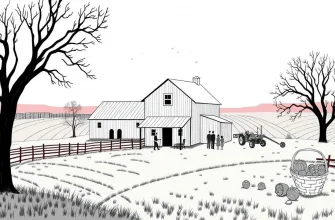Indigo children are often portrayed as having extraordinary abilities, a heightened sense of empathy, and a deep understanding of the world around them. These films delve into the lives of such children, exploring themes of acceptance, identity, and the challenges they face in a world that often doesn't understand them. This curated list offers a cinematic journey into the enigmatic world of indigo children, providing not just entertainment but also a profound look at the human condition through the eyes of the extraordinary.
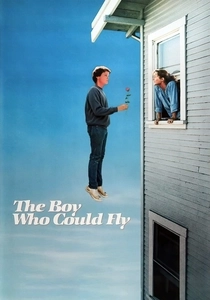
The Boy Who Could Fly (1986)
Description: Eric, an autistic boy, seems to have the ability to fly, embodying the theme of children with extraordinary gifts. His story is one of acceptance and the beauty of being different.
Fact: The film was one of the first to address autism in a mainstream narrative, promoting awareness and understanding.
 Watch Now
Watch Now 
Powder (1995)
Description: Jeremy Reed, known as Powder, has albino skin and extraordinary psychic abilities, making him an outcast. His story is a poignant exploration of what it means to be different in a world that fears the unknown.
Fact: The film was inspired by a short story by Rod Serling, the creator of "The Twilight Zone."
 Watch Now
Watch Now 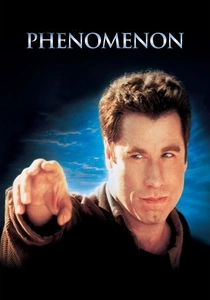
Phenomenon (1996)
Description: George Malley, an ordinary man, suddenly gains extraordinary intelligence and psychic abilities. While not a child, his transformation resonates with the indigo child theme of sudden, unexplained abilities.
Fact: John Travolta was nominated for a Golden Globe for his performance in this film.
 Watch Now
Watch Now 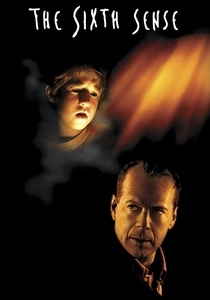
The Sixth Sense (1999)
Description: This film follows Cole Sear, a young boy who can see and talk to dead people. While not explicitly labeled as an indigo child, Cole's unique abilities and his journey to understand them fit perfectly into this theme.
Fact: The film was nominated for six Academy Awards, including Best Picture. It was also M. Night Shyamalan's breakthrough hit.
 Watch Now
Watch Now 
The Others (2001)
Description: Grace Stewart lives in a secluded mansion with her two photosensitive children, who seem to possess an uncanny awareness of the supernatural. Their story explores themes of isolation, fear, and the unknown.
Fact: The film was shot in Spain, despite being set in the Channel Islands.
 Watch Now
Watch Now 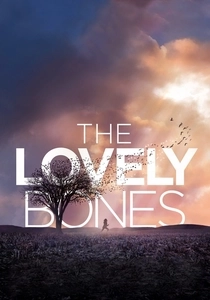
The Lovely Bones (2009)
Description: Susie Salmon, after being murdered, watches over her family from the afterlife. Her ability to communicate from beyond the grave and her heightened empathy for her loved ones align with indigo child characteristics.
Fact: The film was adapted from Alice Sebold's best-selling novel of the same name.
 Watch Now
Watch Now 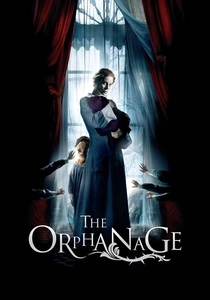
The Orphanage (2007)
Description: Laura returns to the orphanage where she grew up, only to discover her son has supernatural abilities and connections to the past. The film delves into themes of loss, memory, and the supernatural.
Fact: This Spanish film was directed by J.A. Bayona, who later directed "Jurassic World: Fallen Kingdom."
 Watch Now
Watch Now 
The Awakening (2011)
Description: Florence Cathcart, a debunker of spiritual phenomena, is confronted with a real haunting at a boys' boarding school, where a child's ghost seems to have indigo-like abilities.
Fact: The film was shot in various locations in England, including the historic Harlaxton Manor.
 Watch Now
Watch Now 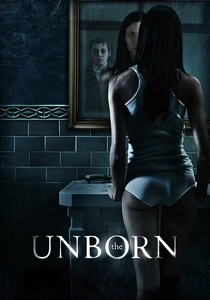
The Unborn (2009)
Description: Casey Beldon starts experiencing supernatural events linked to her unborn twin who died in the womb. Her story touches on themes of psychic connections and the supernatural, akin to indigo children's experiences.
Fact: The film was directed by David S. Goyer, known for his work on the "Blade" trilogy and "The Dark Knight" series.
 Watch Now
Watch Now 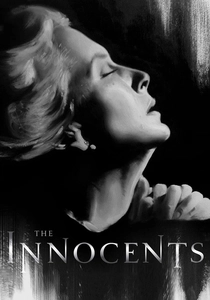
The Innocents (1961)
Description: A governess begins to suspect that the children in her care are possessed by the spirits of former employees. Their eerie behavior and connection to the supernatural make this film a classic in the indigo child genre.
Fact: The film is based on Henry James's novella "The Turn of the Screw."
 30 Days Free
30 Days Free 
